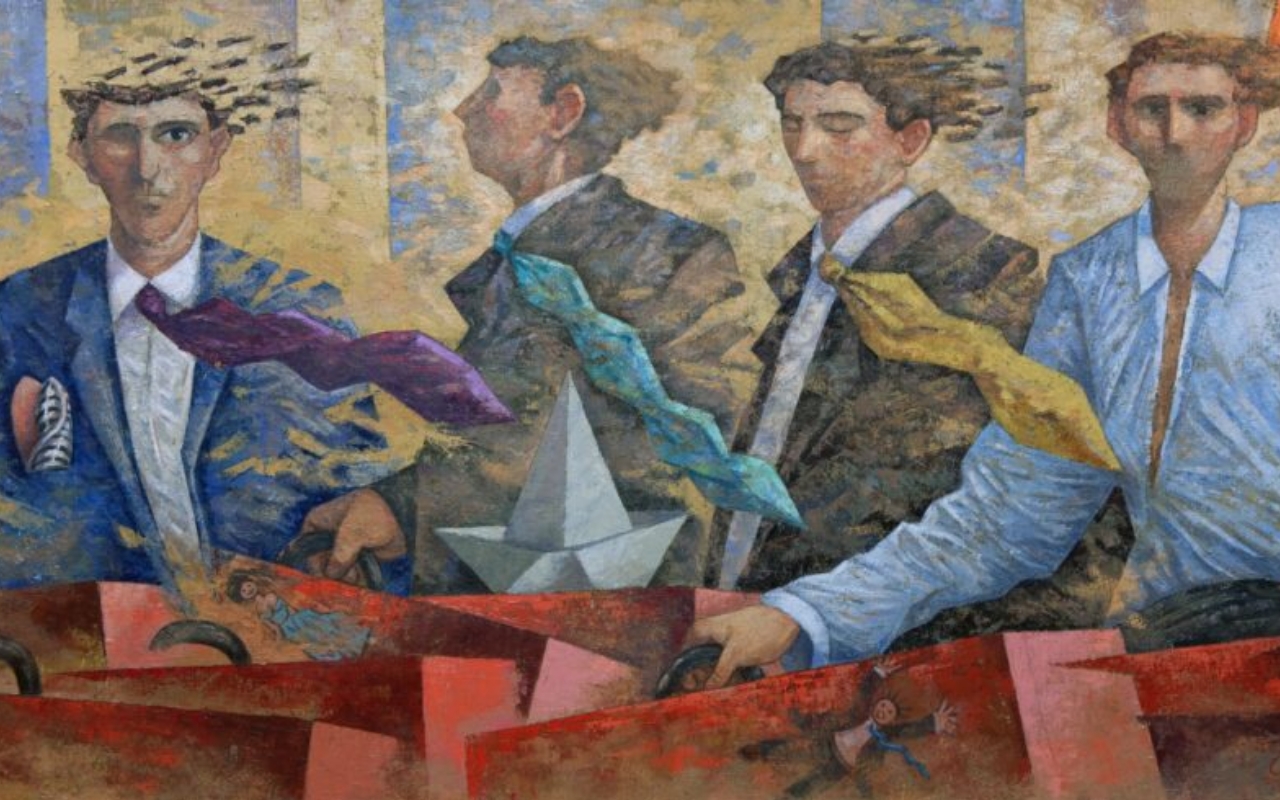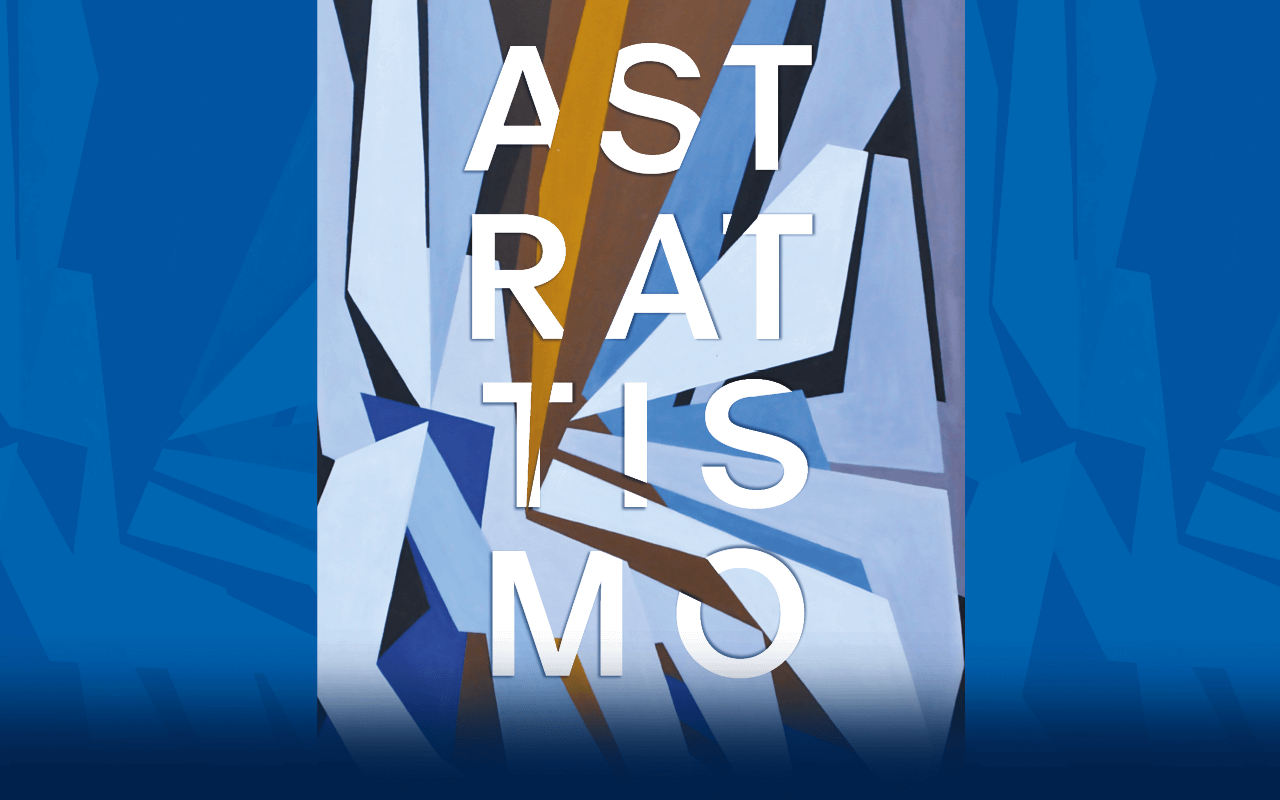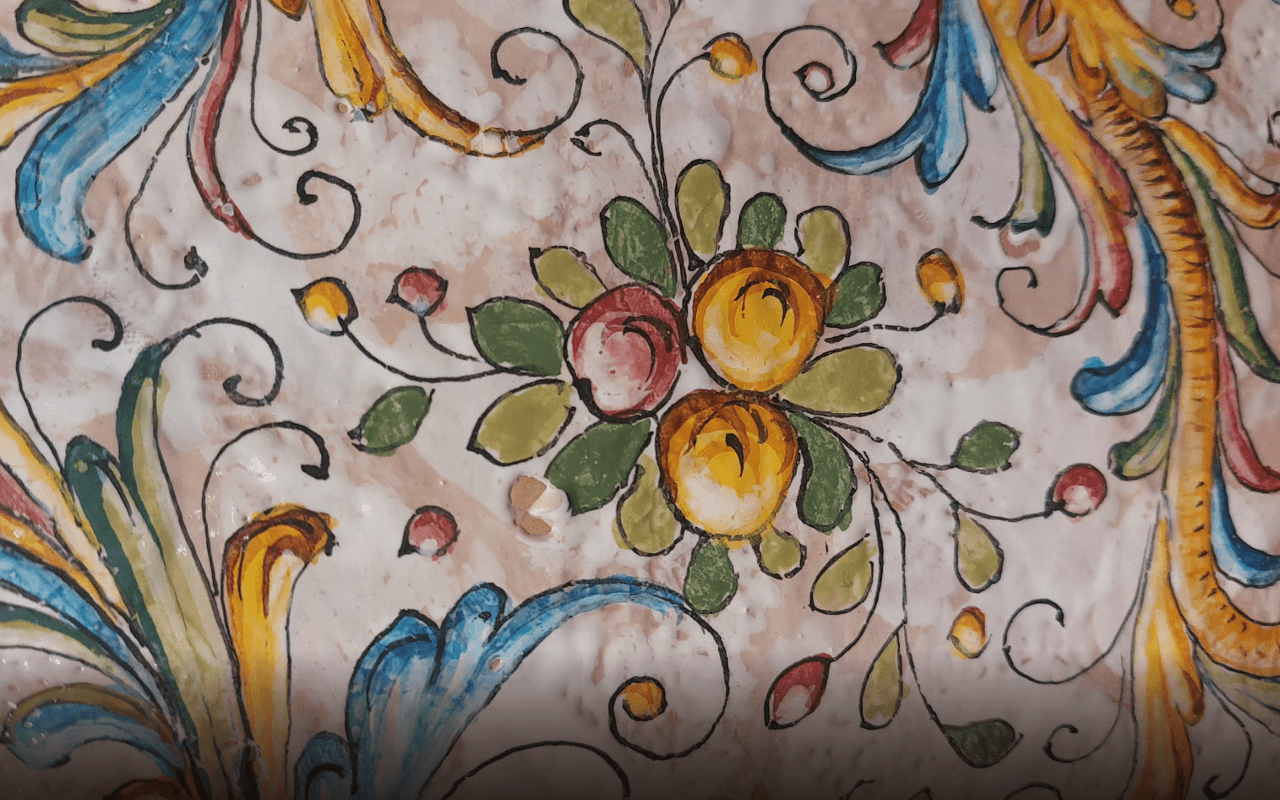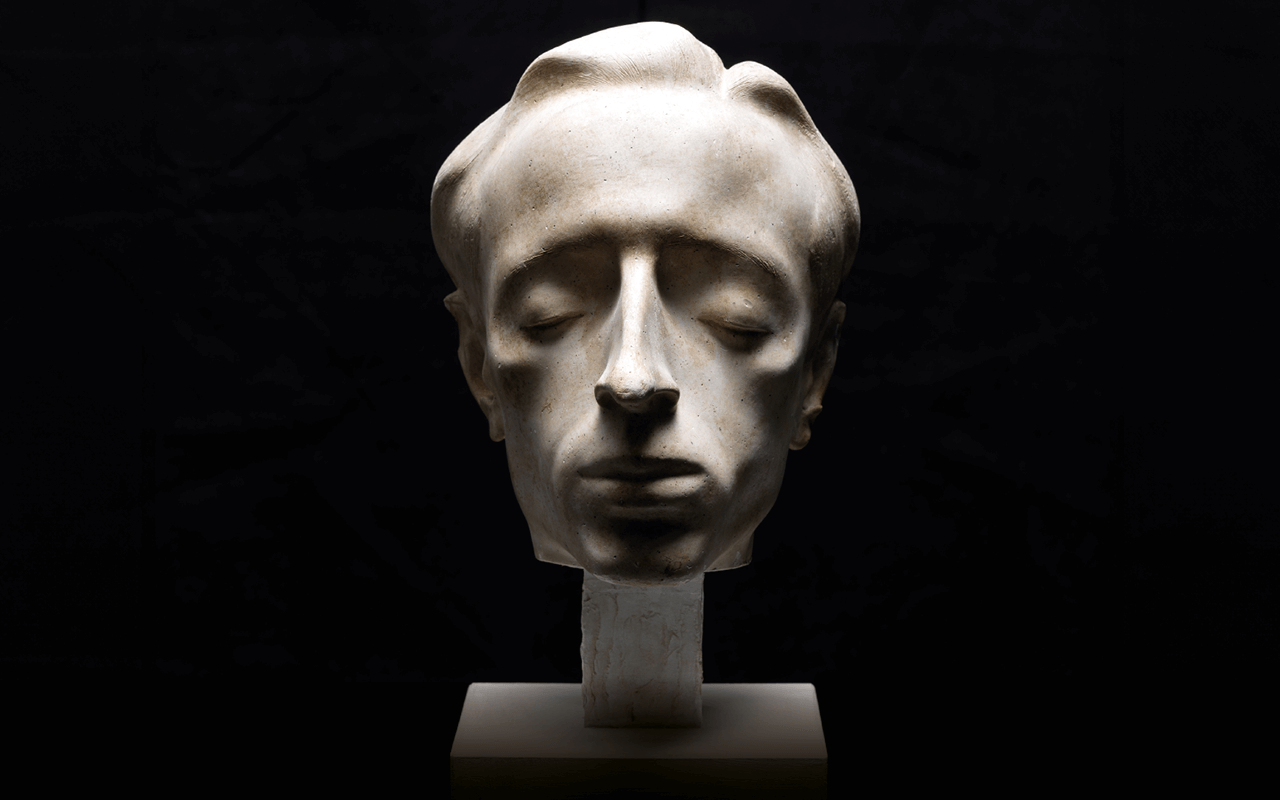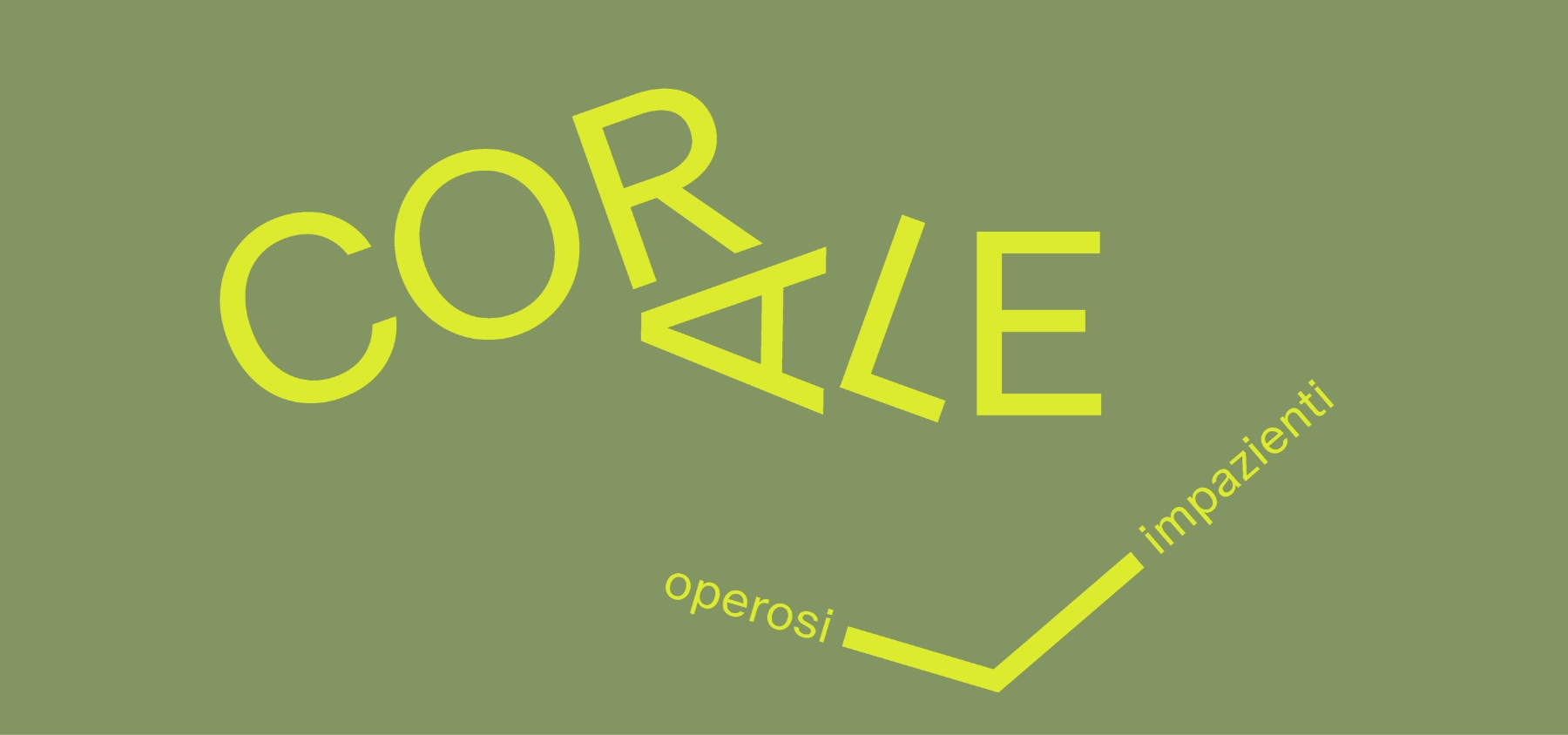between people, practices and spaces, involving citizens, associations and public administrations
CAMBIO Centro Culturale is a place for dialogue and discovery: an inclusive space, open to all, that narrates and questions the present and its mediums. We do so by proposing cultural and artistic activities which encourage the production of new models, where knowledge is the engine of our well-being.
Project
CAMBIO Centro Culturale is a driving force for change. An exploration into art and knowledge celebrating diversity, interculture, and multigenerational interaction between generations.
building inclusive networks and opportunities for relations
valuing social energies
that are to be identified, enabled and interconnected
co-creation
which means designing together welcoming spaces, visionary policies, innovative services and empowering practices
experiential education
which means proposing informal learning processes, built through direct experience, on-field research, planning and collaborating
Exhibitions
Esposizione permanente
The Collection
unveiled
A selection of works from the Banca Cambiano 1884 and Ente Cambiano Art Collection, now enriched with two new exhibition halls: the Pottery Hall and the Leto Fratini Hall
As the art historian Antonio Paolucci recalls, Banca Cambiano 1884 understood something fundamental about this part of Italy, the Valdelsa. Here, economy and culture, protection of the territory and development, profit growth and contextual growing of education and knowledge, all work together to constitute a complex reality that is multifaceted, yet indivisible.
There are more than a thousand pieces in the collection. Amongst these, there are masterpieces of ancient, modern and contemporary art. The collection grows especially in the second half of the 1990s, with the acquisition of a remarkable series of canvases by painter Beppe Serafini.
A wide and diverse collection with a special attention to works by artists from Tuscany and, more specifically, from the Valdelsa. This highlights the centrality of the union between the bank and the Vadelsa, which began with the inhabitants of these lands.
The collection includes artworks by prestigious masters, from the 13th century until today, like Giovanni di Ser Giovanni (known as lo Scheggia), Cenni di Francesco di Ser Cenni, Taddeo di Bartolo, Gino Terreni, Sineo Gemignani, Tancredi Parmiggiani, Giuliano Ghelli, Giampiero Talani, Antonio Possenti, Marco Biorgianni, and many others, only seemingly less renowned.
The new Pottery Hall
In this hall the dialogue between art and craftsmanship, between tradition and experimentation, comes alive. The works on display tell of the art of ceramics as an expressive medium that combines functionality and beauty. The protagonist is the Taccini Brothers’ workshop, a symbol of Tuscanian excellence that reinterprets the Renaissance’s decorative language in a contemporary key. Alongside these creations, the spirituality of forms showcased by Angelo Biancini, who conveys a plastic experience with his glazed terracotta panels. Ivano Cerrai’s sculptures, inspired by the female world, interact with Salvatore Cipolla’s material experimentations, while Marco Borgianni explores classical forms with an essential style.
A section that highlights local excellencies and ceramics as a living and ever-evolving art form.
The new Leto Fratini Hall
This hall retraces the human and artistic story of Leto Fratini, a young sculptor from the Valdelsa area who was formed in 1930s Milan and is deeply connected to the 1900s cultural and political history. His art fits between the avant-gardes’ expressive tension and classical references, thus revealing an ongoing search for sense and inwardness. Involved in the antifascist network, Leto pays the price for his civil commitment with his life. Arrested on charges of spreading underground press, he will tragically die in Mombello’s psychiatric hospital. His sculptures offer an intense testimony of a generation poised between oppression and rebirth, art and resistance.
Esposizione temporanea
ABSTRACTIONISM.
A journey through time
from 05.04.2025
to 07.09.2025
An exhibition that recounts the evolution of abstract art in Italy from the second postwar period to the 1980s, through more than 60 pieces between paintings, ceramics and multi-material works.
The exhibition, curated by Nicola Nuti, is presented as a meticulous yet accessible investigation, able to give back the vitality of an artistic movement that could express the concerns, hopes and transformations of an era.
A historical and stylistical journey between Florence, Milan and beyond
From postwar reconstruction to the birth of Classical Abstraction in Florence – a movement founded by Vinicio Berti, Gualtiero Nativi, Mario Nuti, Bruno Brunetti and Alvaro Monnini – this exhibition goes through 1950s cultural tensions, contaminations with Art Informel and ferments of 1960s pop art, all the way to the elaboration of personal and mature visual languages, between geometric abstraction and material experimentation. This journey also highlights the important dialogue between Italian Abstractionism and the European avant-gardes, including artists like Manlio Rho, Roberto Crippa, Antonio Corpora, Luigi Montanarini, Pietro Tognetti and Emilio Scanavino, all of which interpreted Abstraction in different but always mindful and innovative ways.
Key works and generational confrontations
Among the numerous masterpieces on display, Gualtiero Nativi’s Da un punto (1953) is worthy of particular attention as an symbol of the Florentine Classical Abstraction’s distinctive geometric purism. Next to this work, Vinicio Berti’s Composizione multipla (1948) stands out as a founding testimony of the abstractionist movement he promoted. A significant contribution also comes from Roberto Crippa, with his Montagne antiche, made of a corkwood collage, that introduces a reflection on matter and formal dynamism. The presence of Andy Warhol, with his renowned serigraphies dedicated to Marilyn Monroe, opens up a visual and conceptual dialogue between pop seriality and Italian abstraction. Finally, Mario Nuti and Bruno Brunetti’s painted ceramics extend abstract research to traditional materials, giving proof of a poetics that transcends the limits of painting to embrace applied arts.
Spaces
— A space for temporary exhibitions
— A space for the permanent collection, with a selection of works owned by Banca Cambiano 1884
— CORALE restaurant
CAMBIO is in the lower part of Castelfiorentino’s city center, in via Matteotti, just a few meters away from the train and bus stations (www.piubus.it).
By car
Coming from Florence: SGC Firenze-Pisa-Livorno, exit at Empoli ovest. Follow directions towards Castelfiorentino.
Coming from Siena: highway junction Siena-Firenze, exit at Poggibonsi nord. Follow directions towards Castelfiorentino, Empoli.
By train
Firenze-Siena line
Pisa-Empoli-Siena line
Siena-Firenze line
Tickets
Full: 8,00 €
Reduced: 6,00 €
– members Unicoop Firenze
– Amici del Teatro di Castelfiorentino
– Touring Club members
– Cambiano credit card or ATM holders
– groups over 15 units
Free entry:
– children under the age of 6
– journalists with professional membership card (subject to accreditation)
– tourist guides with membership card
– ICOM members
– institutional visits
single ticket valid for families consisting of one or two adults (aged 18 and over) and at least one child aged between 6 and 18 (valid for a maximum of 6 people)
Info and bookings
Opening hours
Closed on Monday.
From Tuesday to Saturday 10 a.m.– 1 p.m. / 4 p.m. – 7 p.m.
Sunday 10 a.m. – 7 p.m.
Open on Easter Monday, 25th April, 1st May: 10 a.m.– 1 p.m. / 4 p.m. – 7 p.m

